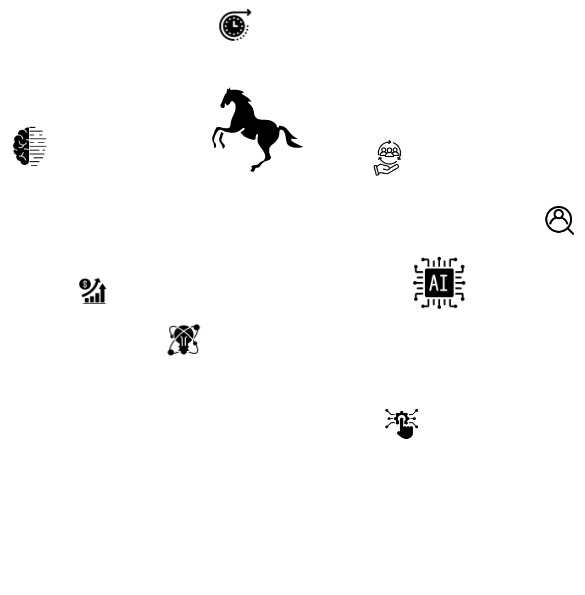Unlocking Human Capability for Future Excellence.

Leader in Executive Search
15 years of service excellence. Elevate your leadership with top-tier talent. Seamless alignment, transformative growth. Leverage our expertise and ignite your future.
Our Promise
100%
Retention Rate
98%
Success Rate
33 Days
to Your Dream Hire
180 Days
Guarantee of free Replacement
Leadership Development
Futureproof your leadership. AI-ready leadership development programs, coaching, training, & mentoring to unlock your organizational success. Equip them to thrive, not just survive.
Culture Shaping
Futureproof your leadership. AI-ready leadership development programs, coaching, training, & mentoring to unlock your organizational success. Equip them to thrive, not just survive.
Team and Organizational Effectiveness Curation
Unleashing the power of your teams to build a High-Performing, Inclusive and future ready organization.


























